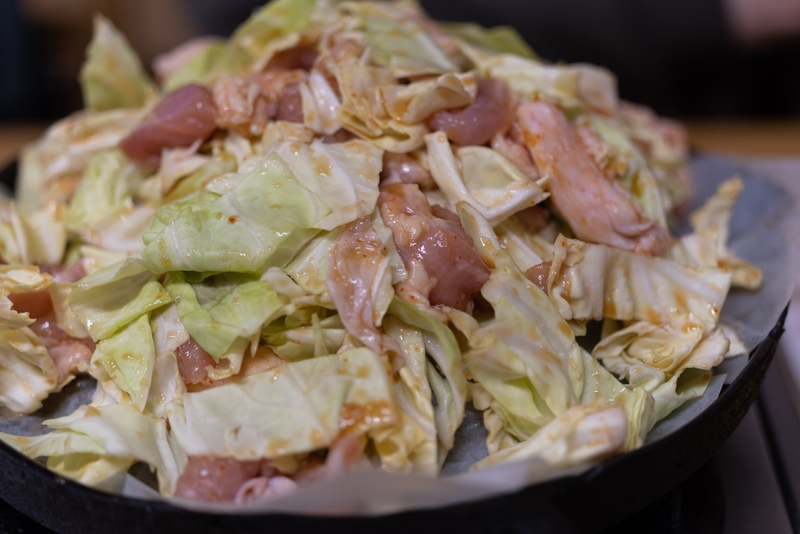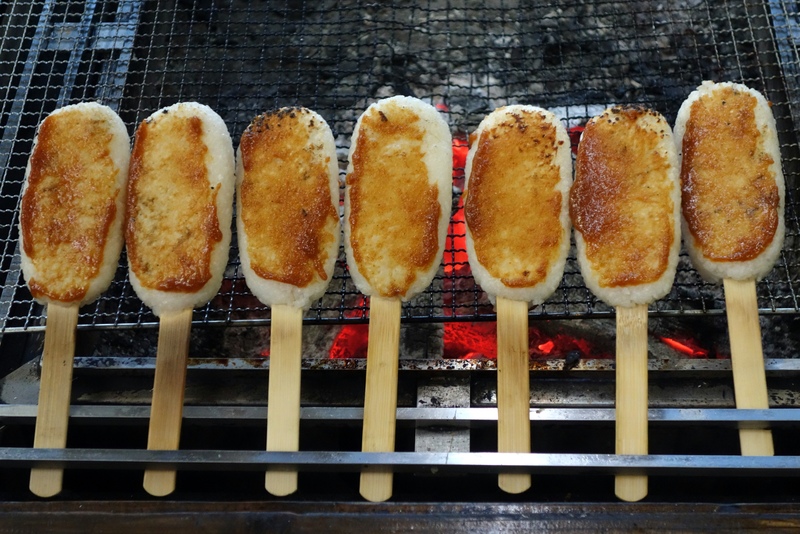What is Ukai (Cormorant Fishing)?
Ukai (cormorant fishing) is one of Japan’s traditional fishing methods that uses cormorants to catch ayu (sweetfish).
The Nagara River in Gifu Prefecture is one of the most famous places for ukai, with a history of about 1,300 years.
This fishing method is more than a technique — it is a traditional event where history and culture come together, cherished by the Japanese people.
The Nagara River ukai is held every year from May 11 to October 15 and can be enjoyed as a magical nighttime spectacle.
The sight of the ukai master (the person who handles the cormorants) controlling the birds from a boat is well worth seeing.

Features of Nagara River Ukai
1. Enchanting night views and beautiful lights
The biggest appeal of ukai is the sight of bonfires (kagaribi) floating in the darkness and the shimmering lights reflected on the river surface.
With the bonfires burning, you can watch the cormorants catch ayu up close.
That scene captivates many visitors as an expression of Japanese poetic sensibility and the beauty of wa (Japanese style).
2. The skill and tradition of the ukai master
Ukai masters inherit their skills through generations and fish while building a trusting relationship with the cormorants.
Following the master’s commands, the cormorants catch ayu and, after swallowing them, are made to regurgitate only the fish by a ring placed around their necks.
This advanced technique and the ukai master’s skilled movements are highlights that amaze visitors.
3. Viewing from a yakatabune (houseboat)
It is common to watch ukai from a yakatabune (covered pleasure boat).
Eating and drinking are allowed on board. You can enjoy a meal while watching the ukai up close.
The onboard experience feels special, allowing you to savor a stillness and beauty as if time has stopped.

Access
From central Gifu City
- Public transportation
- Take a bus from JR Gifu Station or Meitetsu Gifu Station for about 20 minutes, and get off at “Nagaragawa Ukai Boarding” (長良川鵜飼乗船場).
- By car
- About 30 minutes from the Meishin Expressway “Gifu-Hashima IC” or the Tokai-Hokuriku Expressway “Gifu-Kakamigahara IC.”
- Parking is available in the surrounding area.

How to Enjoy Ukai
1. Nighttime yakatabune experience
Make a reservation before boarding, then enjoy local specialty dishes and drinks while watching the ukai.
Riding the boat through the night breeze with the bonfires is an extraordinary experience.
2. Interaction with the ukai master
Some tours offer conversations with the ukai master, where you can learn about the cormorants and the techniques used.
It’s a great opportunity to deepen your understanding of the master’s work and the culture surrounding ukai.
3. Daytime sightseeing
When ukai is not taking place, you can enjoy nearby attractions.
Stroll around Gifu Castle and the traditional streets of Kawaramachi to experience history and culture.

Traveler Information
- Season
- Every year from May 11 to October 15
- ※Events may be canceled in bad weather.
- Shared departure times 18:15 / 18:45 / 19:15. Ukai usually begins around 19:45. Disembarkation is typically between 20:30 and 21:00.
- Price
- Yakatabune boarding fee: Adults ¥3,200–¥3,500, Children ¥1,800 and up (varies by plan)
- Meal-included plans are also available.
- Recommended clothing
- Even in summer, it can get cool by the river at night, so bring something to cover up.
Conclusion
Ukai on the Nagara River is a valuable experience that lets you enjoy traditional culture and natural beauty at the same time.
The magical scenes lit by bonfires and the coordinated movements of the ukai master and the cormorants will leave a deep impression on visitors.
Be sure to reserve a yakatabune in advance when planning your trip — check official sites or tour companies for details.
Combine this with sightseeing in Gifu City for a fulfilling visit.
Frequently Asked Questions
Q1. Is there information available in English?
Some explanations and pamphlets for ukai are available in English.
English-guided tours are also offered, so please contact individual tour companies for details.
Q2. Is it enjoyable for children?
Yes. The movements of the cormorants and the sight of the bonfires are interesting for children.
However, take care on the boat at night and ensure parents or guardians watch closely.
Q3. Is ukai held on rainy days?
Ukai is generally held in rain, but it may be canceled in severe weather.
Check the official website or call to confirm the situation on the day.
Please enjoy the traditional beauty of ukai on the Nagara River!









